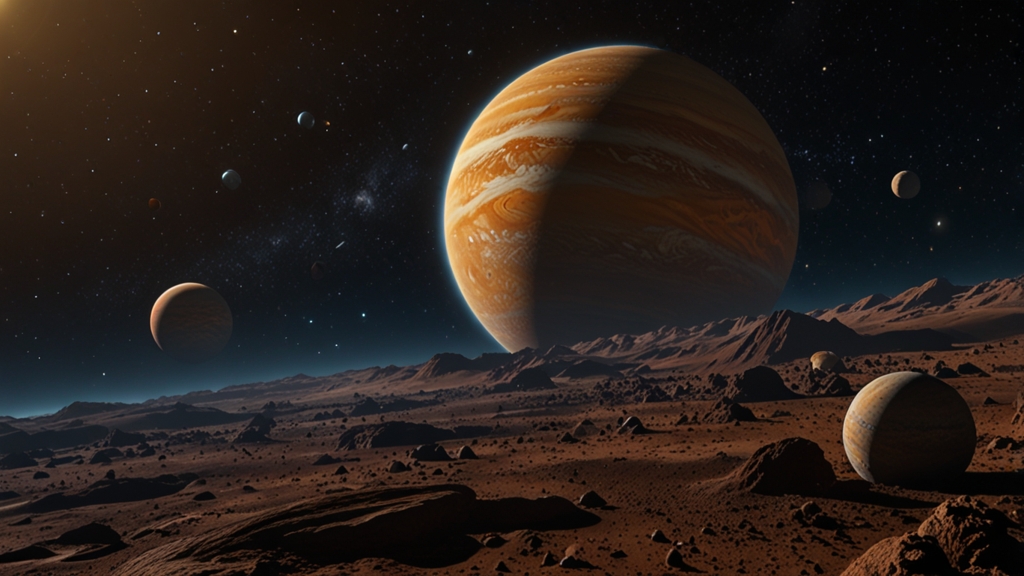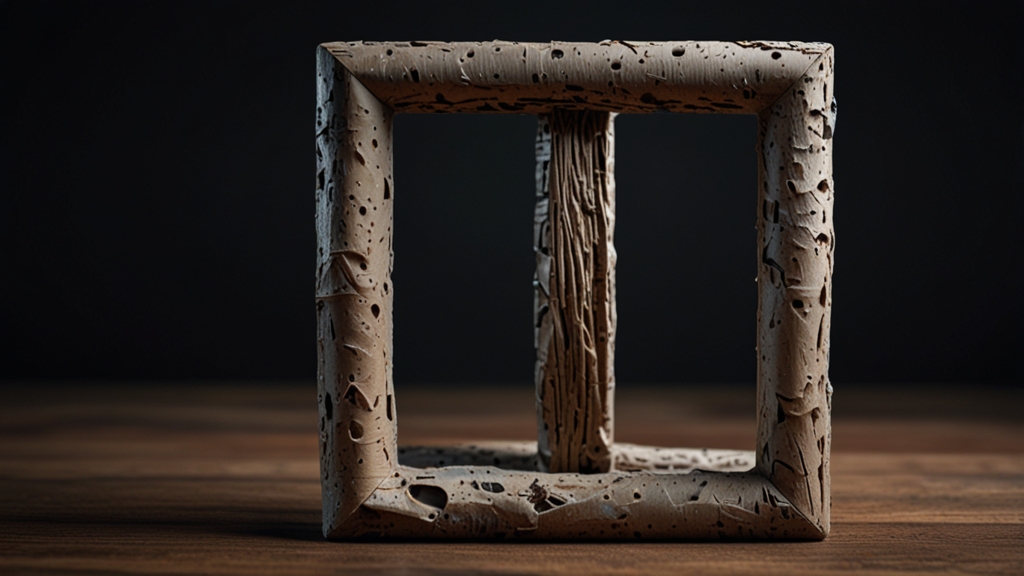The Timeless Allure of Rome's Piazza Navona
The Eternal City, Rome, is strewn with historic gems that beckon travelers from all corners of the globe. Yet, among the city’s myriad of cultural and architectural marvels, Piazza Navona stands out as a timeless emblem of Roman elegance and splendor. This magnificent square, with its dramatic fountains, baroque palaces, and bustling cafes, is a testament to Rome’s enduring charm and historical depth.
A Brief History
The origins of Piazza Navona date back to the 1st century AD when it served as the Stadium of Domitian. Built to host athletic contests, it was designed to hold up to 30,000 spectators. Unlike traditional oval Roman arenas, it featured an elongated rectangular shape that can still be discerned in the piazza's current layout. Over the centuries, the site evolved from a sporting venue to a bustling public space, eventually becoming the lavish square that we admire today.
"Piazza Navona is not merely a place; it is a living, breathing artifact of Rome’s rich history, capturing the imagination of every visitor who walks its cobblestone pathways."
Architectural Wonders
One of the most captivating aspects of Piazza Navona is its stunning array of baroque architecture, primarily attributed to Gian Lorenzo Bernini and Francesco Borromini. The centerpiece of the square is Bernini’s "Fontana dei Quattro Fiumi" (Fountain of the Four Rivers). This masterpiece, commissioned by Pope Innocent X in 1651, represents the four great rivers of the world: the Nile, the Ganges, the Danube, and the Río de la Plata. Each figure in the fountain is a marvel of baroque artistry, exuding both grandeur and intricate detail.
On the western side of the square stands the church of Sant'Agnese in Agone, a baroque jewel designed by Borromini. This architectural marvel, with its imposing façade and elegant dome, dominates the piazza, adding to its visual splendor. The church and the fountain together create a harmonious dialogue between architecture and art, capturing the essence of Rome’s baroque period.
Cultural Vibrance
Piazza Navona is not just a historic site; it is a vibrant, pulsating heart of modern Roman life. The square is constantly animated with street performers, painters, and musicians, providing an irresistible blend of history and contemporary culture. The numerous cafes and restaurants lining its perimeter offer visitors an ideal spot to savor Italian cuisine while soaking in the ambience.
"Sitting at a café in Piazza Navona, with a cup of espresso in hand, one can almost feel the passage of centuries as the sounds and sights of today blend seamlessly with the echoes of history."
A Place of Celebration
The square also serves as a focal point for public celebrations and events. During the festive season, Piazza Navona transforms into a bustling Christmas market, adorned with lights, decorations, and stalls selling gifts, food, and artisanal crafts. The Epiphany Fair, or "Befana," is a highlight, drawing both locals and tourists to its magical atmosphere. Throughout the year, various cultural and musical events keep the piazza lively and engaging, making it a perennial favorite among both Romans and visitors.
Timeless Appeal
What makes Piazza Navona so enduringly attractive is its unique blend of history, art, and daily life. It is a place where time seems to stand still, allowing visitors to traverse different eras with every step. Whether you are a history buff, an art lover, or simply someone who enjoys the beauty of urban spaces, Piazza Navona offers something special for everyone.
In conclusion, the timeless allure of Piazza Navona lies in its ability to encapsulate the essence of Rome’s past while remaining a dynamic part of its present. It is a space where ancient history, baroque art, and the vibrancy of modern life coalesce, offering an unrivaled experience that continues to captivate and inspire all who visit.










